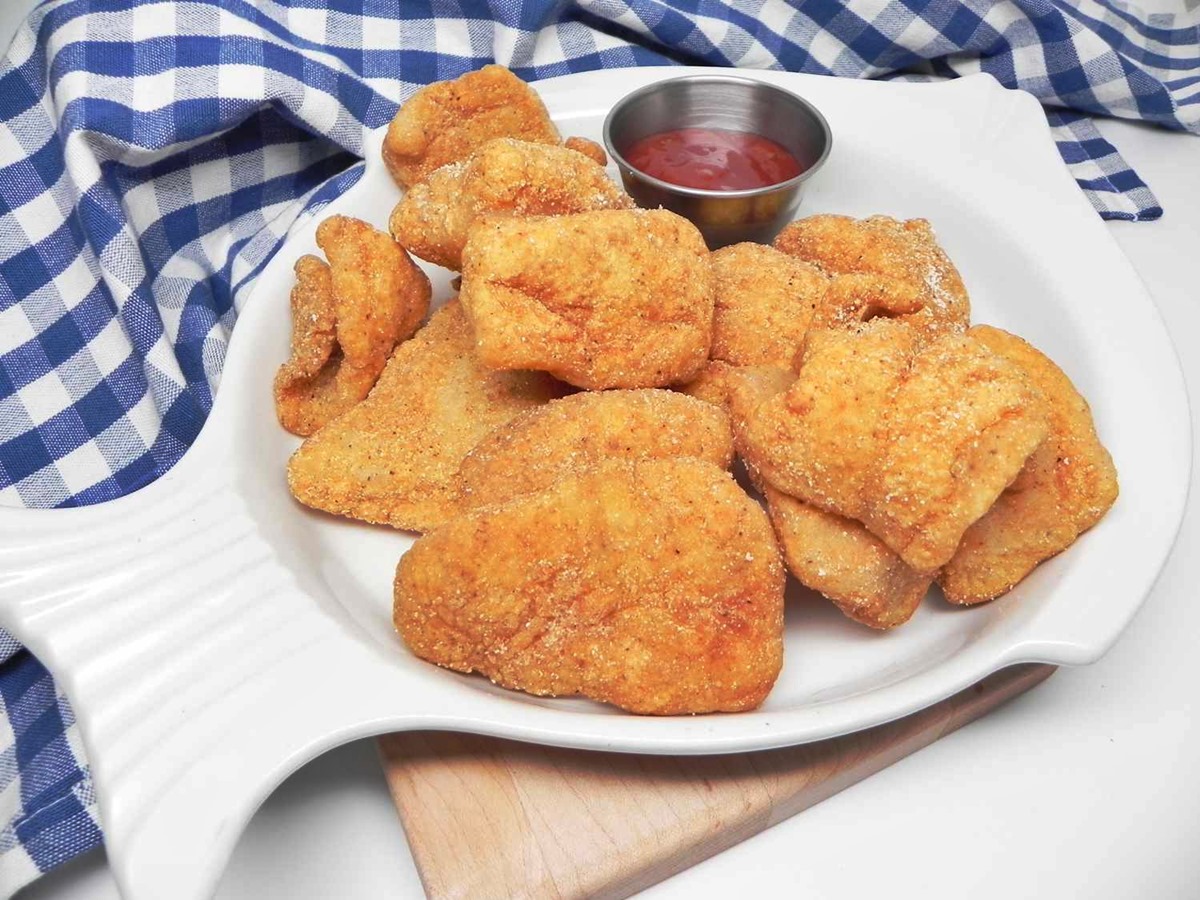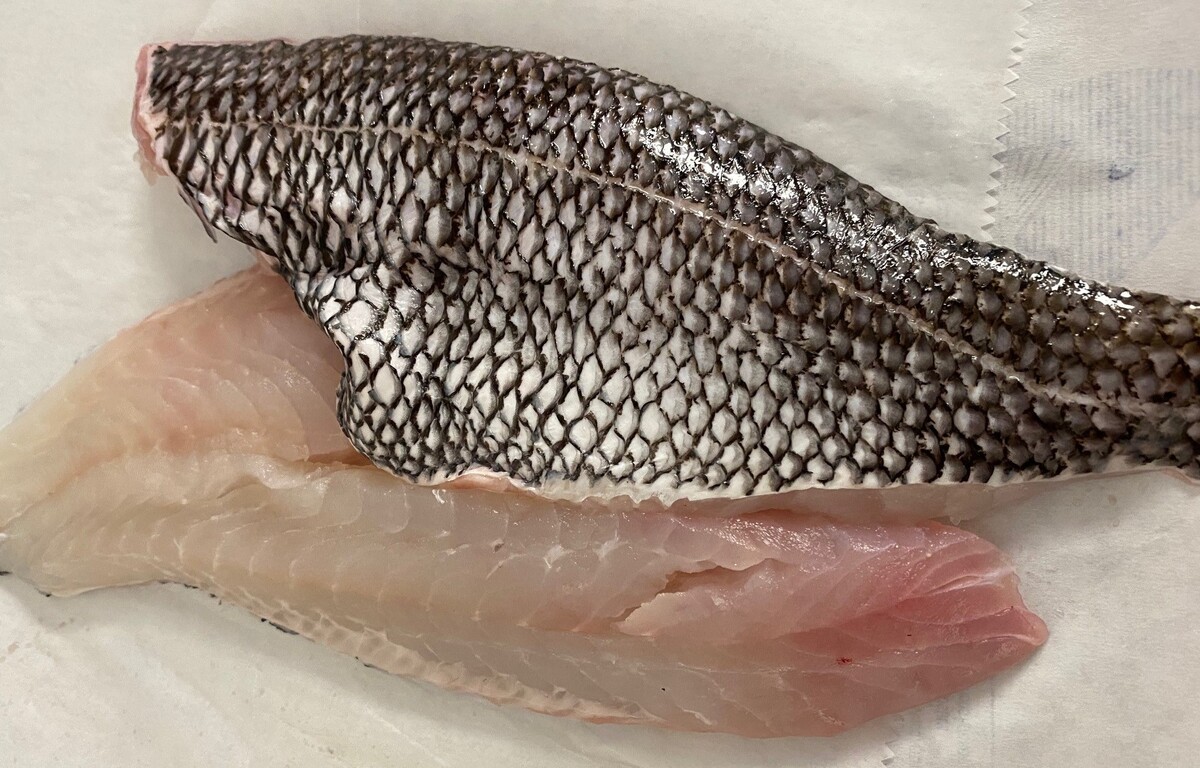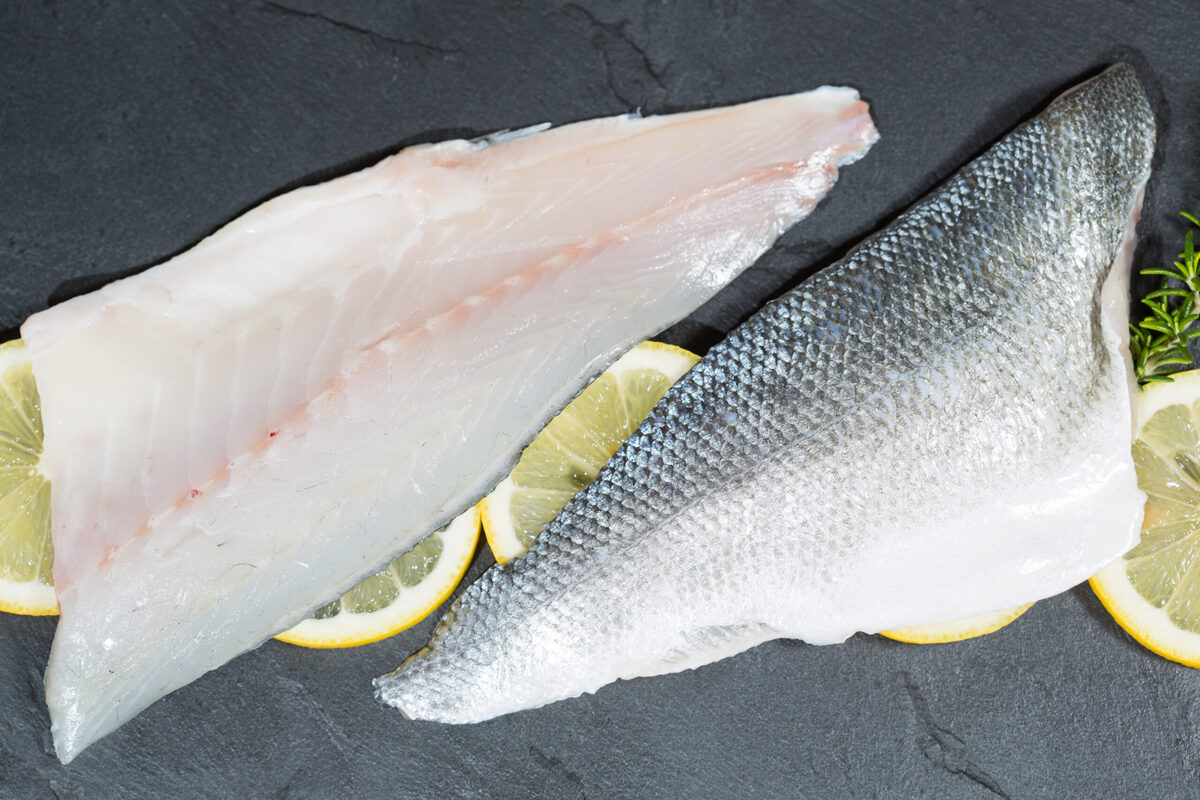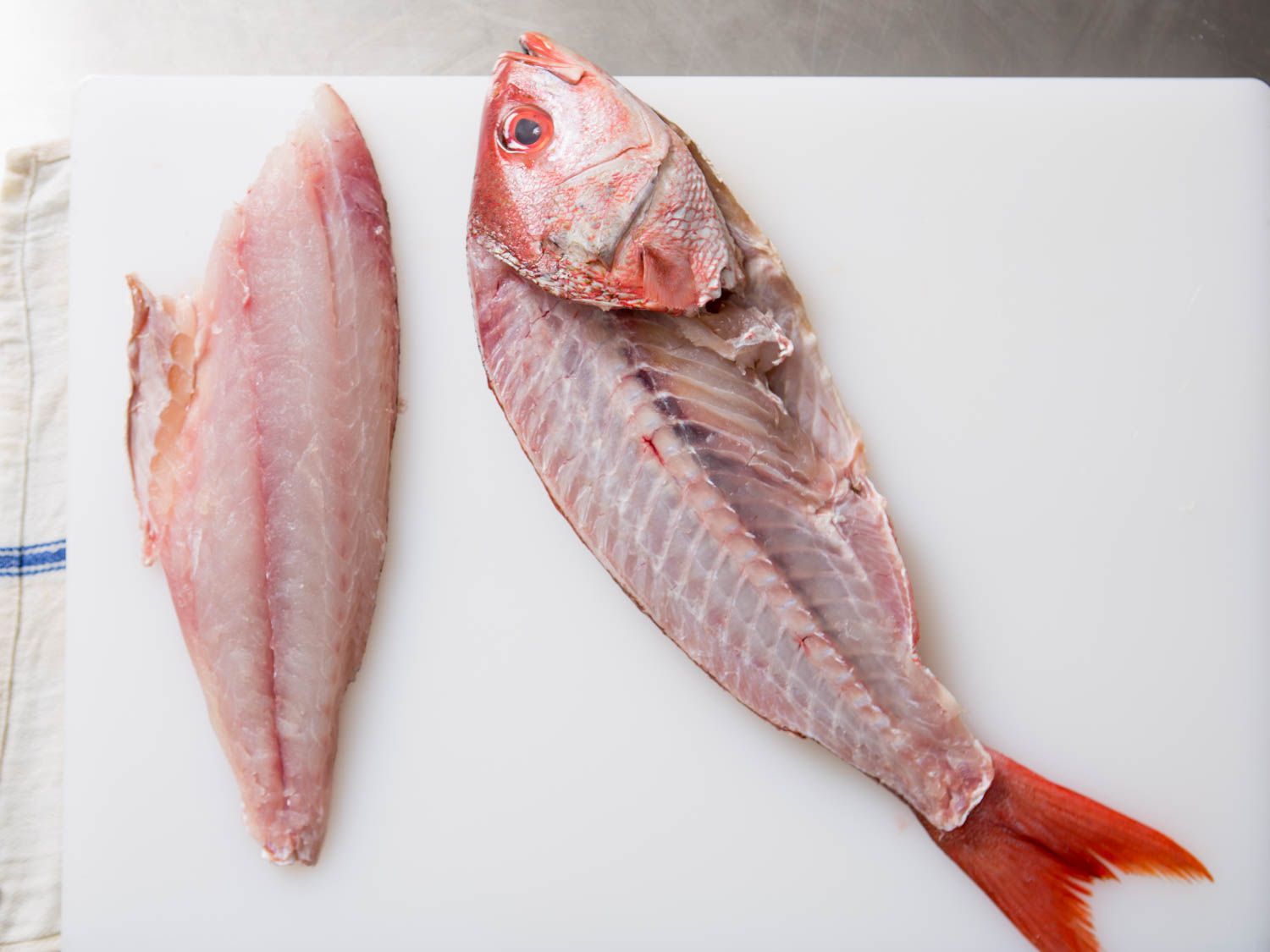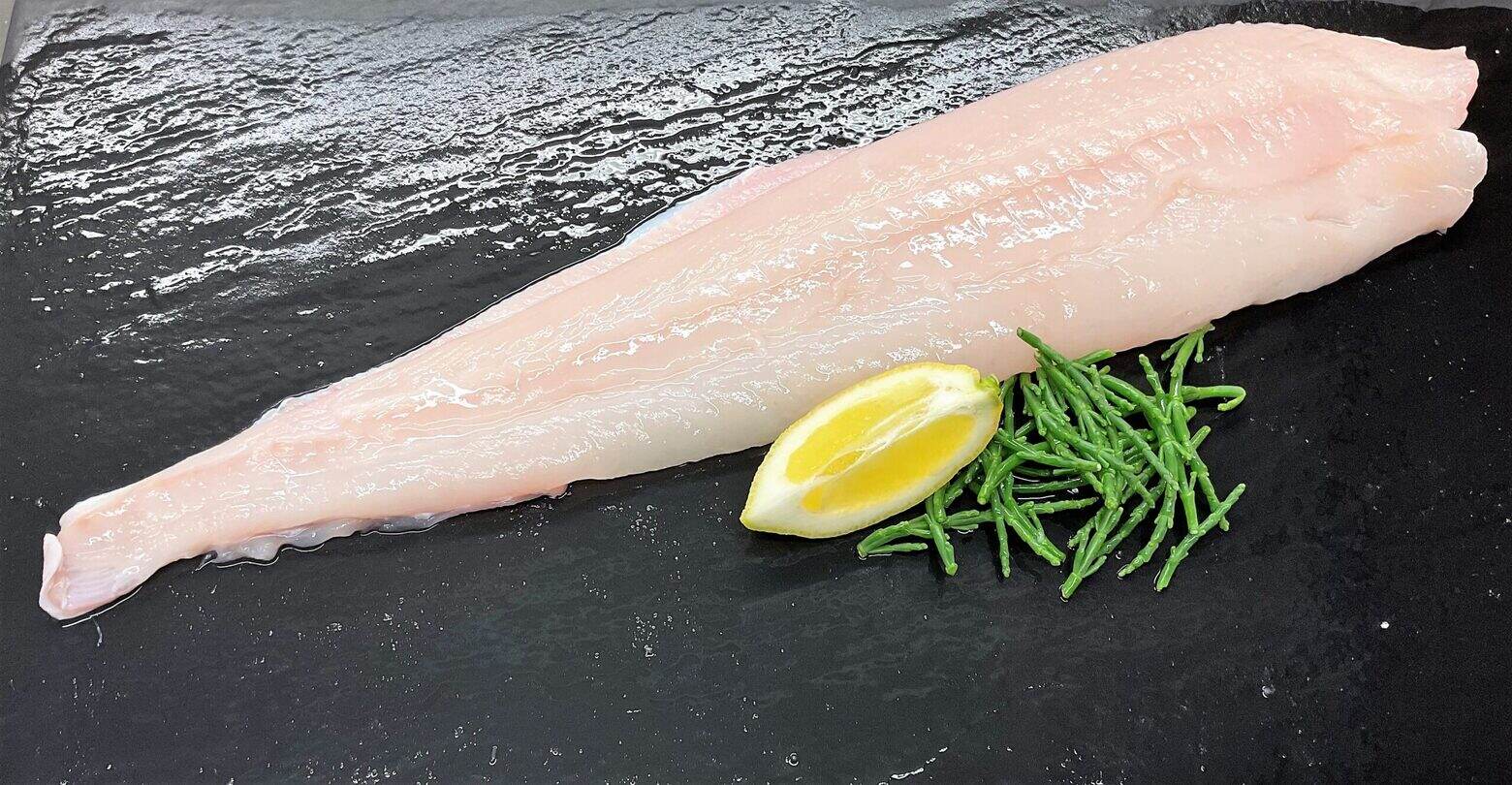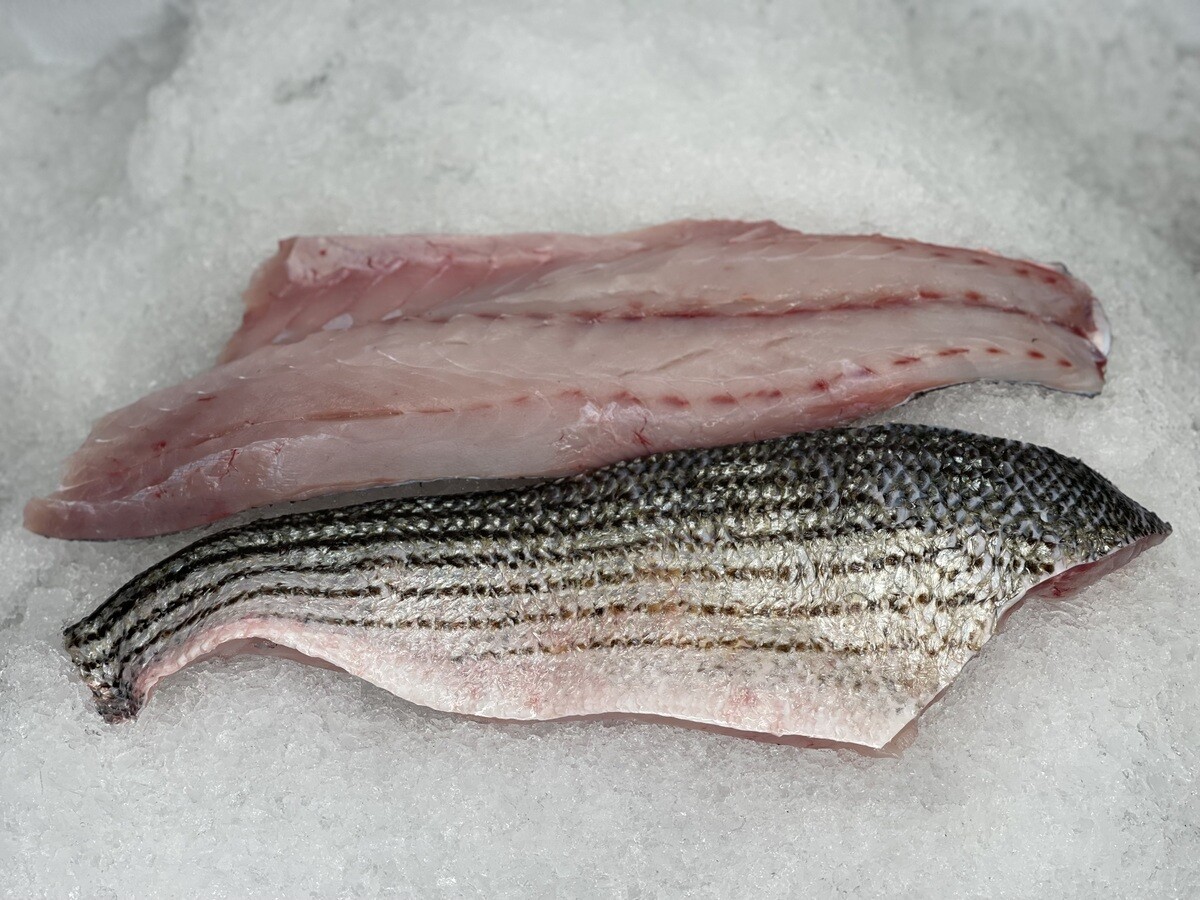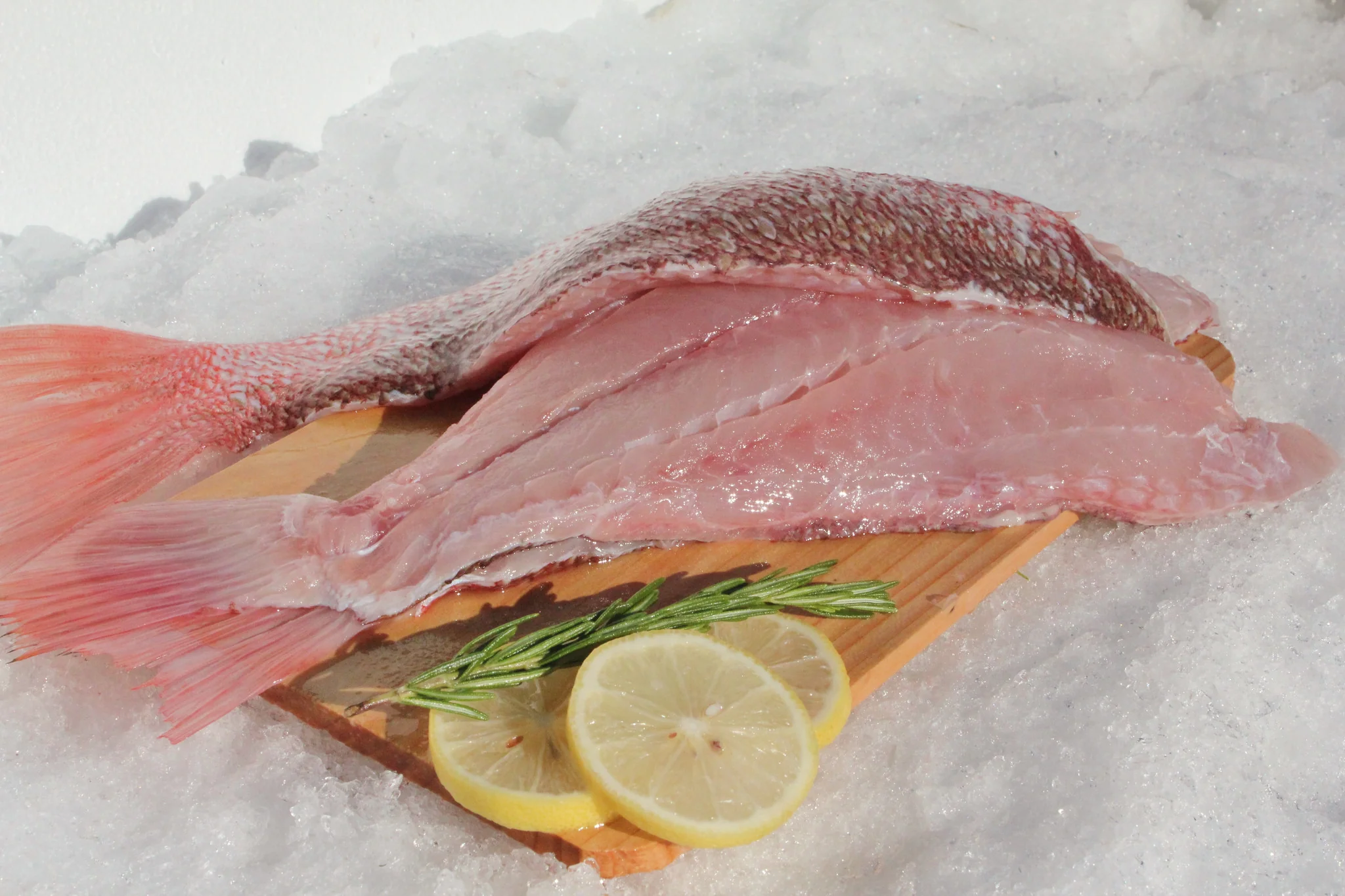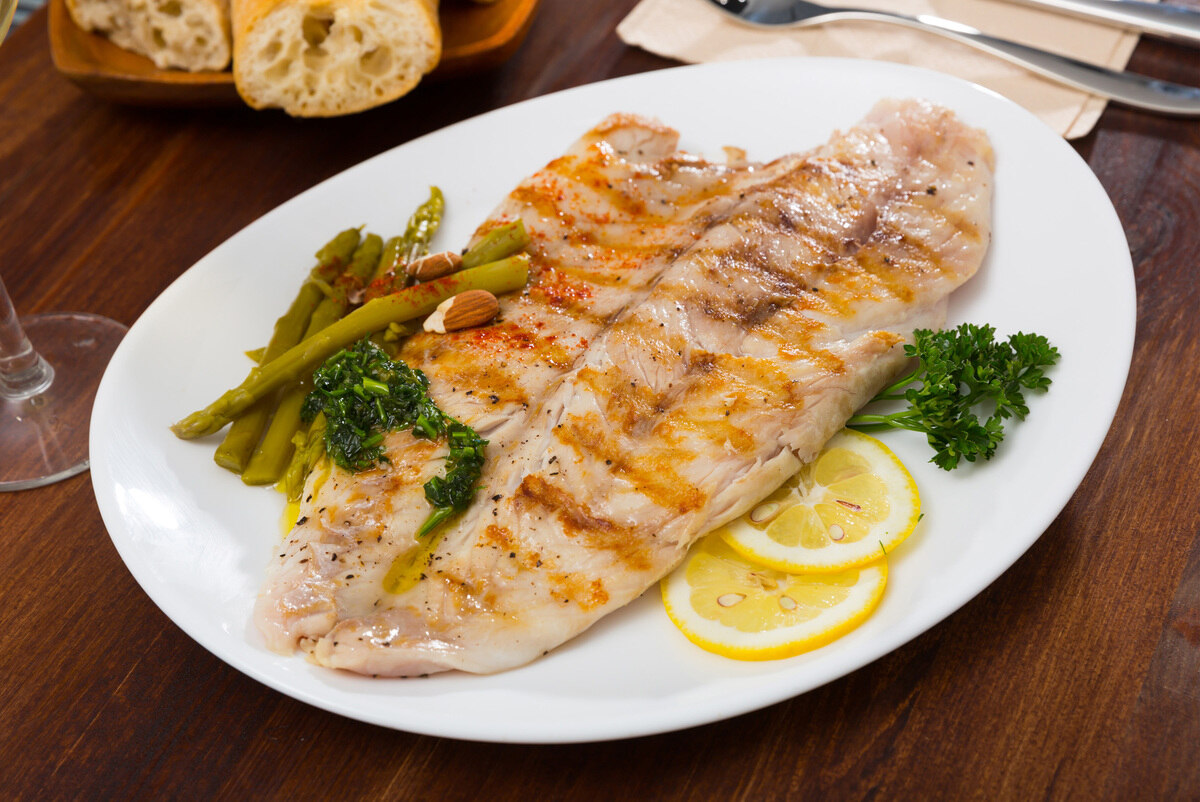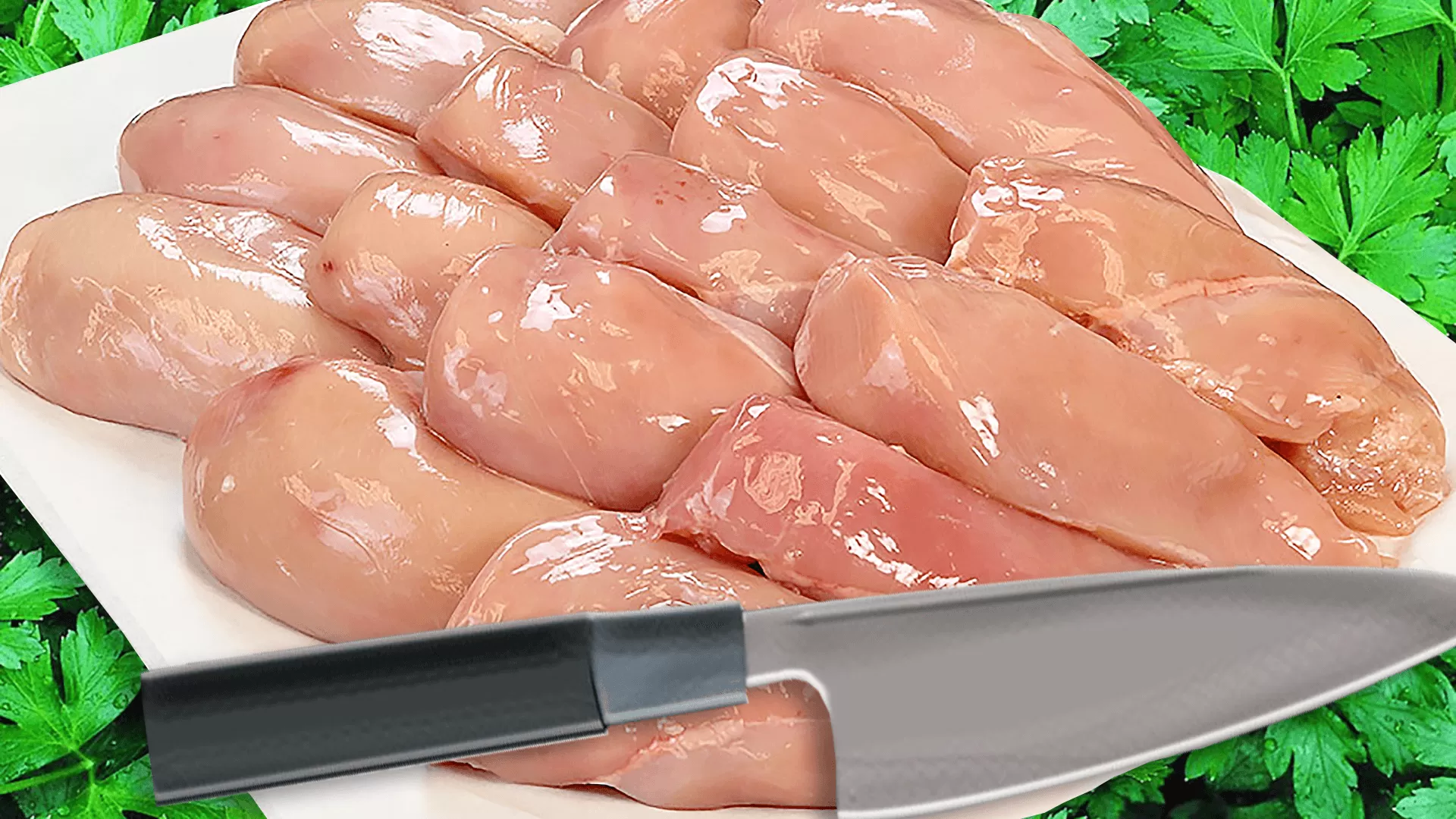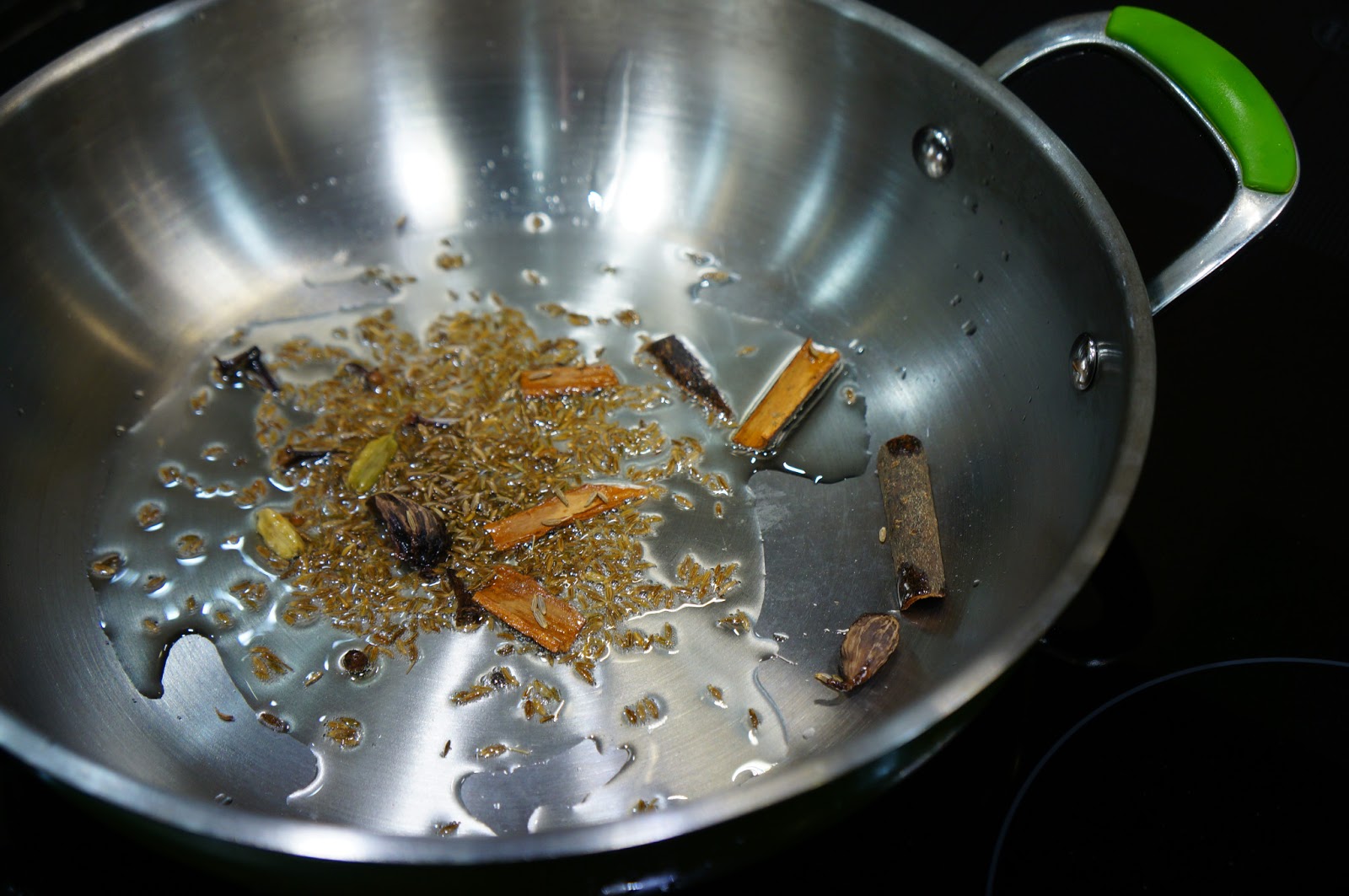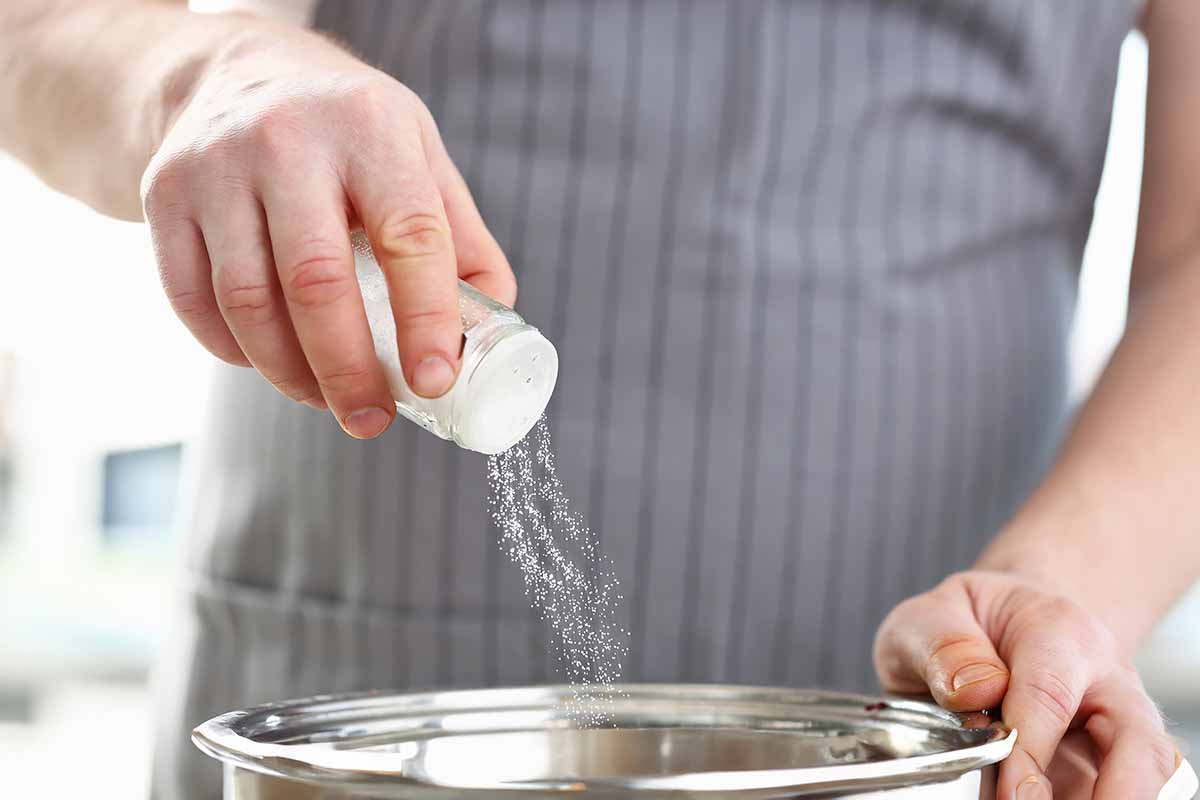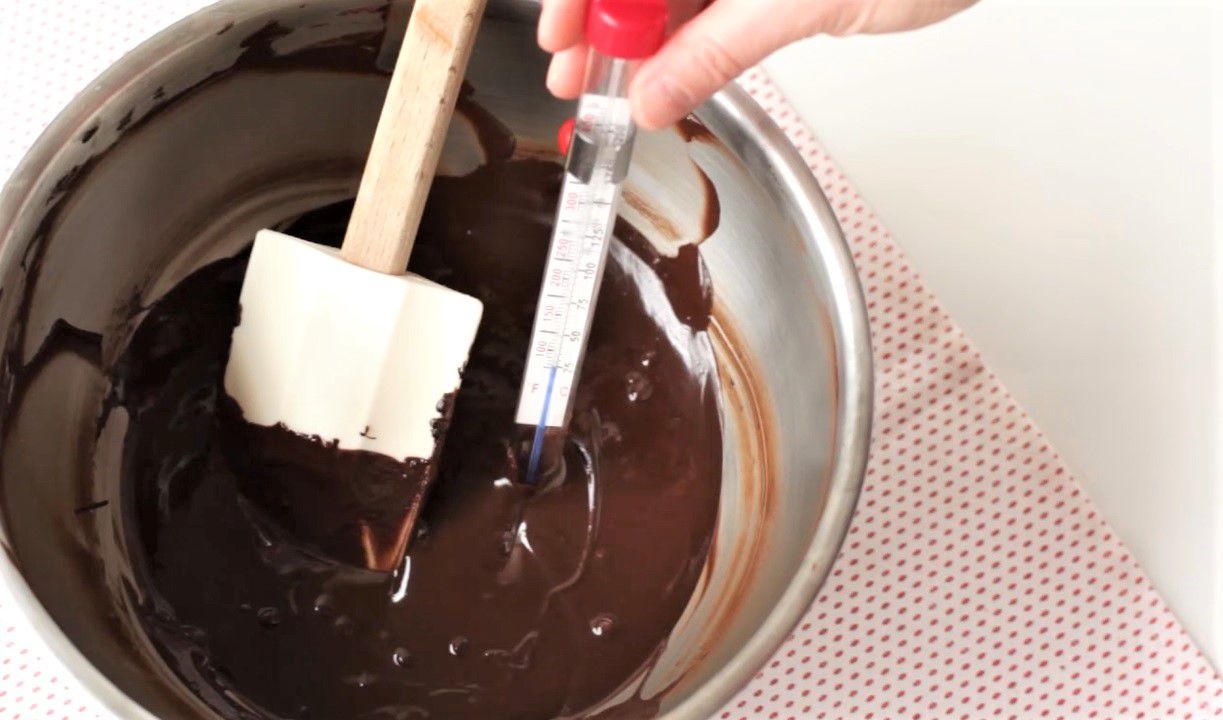Step-by-Step Guide on How to Fillet a Largemouth Bass
Filleting a largemouth bass can be a rewarding experience for any angler. Not only does it provide a delicious meal, but it also allows you to make the most of your catch. If you’re new to filleting fish, don’t worry. With the right tools and technique, you can easily fillet a largemouth bass in no time. Here’s a step-by-step guide to help you get started.
What You’ll Need
Before you begin, make sure you have the following items:
- Sharp fillet knife
- Cutting board
- Bowl of water
- Paper towels
Step 1: Prepare the Fish
Start by placing the largemouth bass on the cutting board. Use a sharp knife to make a small incision just behind the gills. Insert the knife and make a cut down to the backbone. Be careful not to cut through the backbone.
Step 2: Remove the Fillet
Once you’ve made the initial cut, angle the knife towards the head of the fish and begin to slice along the backbone, using smooth and steady strokes. Follow the contour of the fish as you work your way down. As you near the tail, use your free hand to hold the fillet in place while you continue to cut until the fillet is completely removed.
Step 3: Repeat on the Other Side
Turn the fish over and repeat the process on the other side. Make an incision behind the gills and carefully slice along the backbone to remove the second fillet.
Step 4: Remove the Skin
With both fillets removed, it’s time to remove the skin. Lay the fillet skin-side down on the cutting board. Starting at the tail, insert the knife between the meat and the skin at a slight angle. Use a back-and-forth motion to separate the meat from the skin, working your way towards the head of the fillet. Be sure to remove any remaining rib bones as you go.
Step 5: Rinse and Pat Dry
Once the skin is removed, rinse the fillets under cold water to remove any remaining scales or debris. Pat the fillets dry with paper towels to prepare them for cooking or storage.
Final Thoughts
Now that you’ve successfully filleted your largemouth bass, you can use the fillets to create a variety of delicious dishes, from pan-seared bass to grilled bass tacos. Remember, practice makes perfect, so don’t be discouraged if your first attempt isn’t flawless. With time and experience, you’ll become a pro at filleting largemouth bass.
Happy fishing and bon appétit!
For those who have mastered the art of filleting a largemouth bass, there are a variety of recipes to put their skills to good use. For a simple yet elegant dish, try Pan-Seared Largemouth Bass with Lemon Butter Sauce. This recipe highlights the natural flavors of the fish with a zesty kick. If you're in the mood for something crunchy and delicious, Crispy Fried Largemouth Bass Fillets are an excellent choice. Adventurous cooks might enjoy Grilled Largemouth Bass Tacos with Mango Salsa, where the sweet and tangy salsa complements the smoky grilled fish perfectly. Those who prefer subtler flavors can opt for Baked Largemouth Bass with Herbs and Garlic, which infuses the fillets with aromatic herbs and spices. For a refreshing twist, Largemouth Bass Ceviche offers a light, citrusy dish that's perfect for warm weather. Each of these recipes showcases the versatility of largemouth bass and provides a delightful culinary experience.
